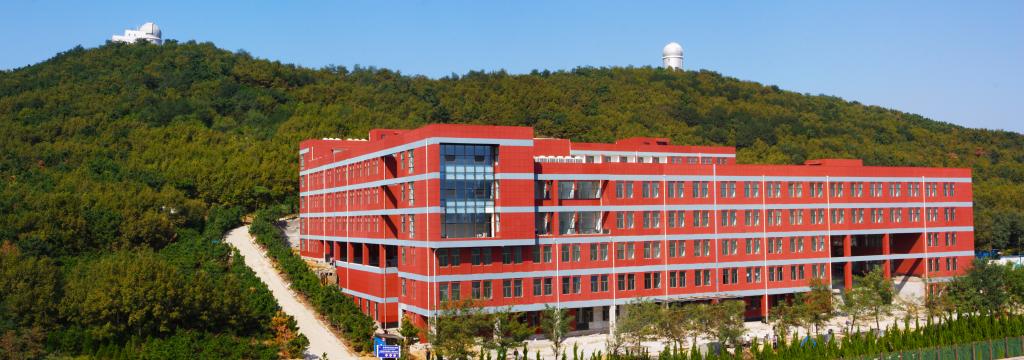
The School of Space Science and Physics was founded in 2003. It has developed a complete talent training structure over its evolvement, now offering bachelor’s, master’s and Ph.D programs. The School focuses on the cultivation of students, especially the academic competence and innovation ability of undergraduate students. By adopting the tutorial system, each student of the School will be introduced to a tutor who will provide guidance on the students’academic matters and innovative activities throughout their four-year study. In 2019 alone, undergraduate students of the School won more than 20 prizes of provincial level or above and published 8 high-level academic papers. The last three years also witnessed a steady increase in the number of graduates pursuing advanced studies. For instance, each year about 50% of the graduates are admitted by domestic institutes of higher learning, and 10% by overseas universities. In 2020, nearly 20% of graduates were recommended to study in top universities and research institutes in China for master’s degree with exemption from the entrance examination, another testimonial to the academic and innovation capability of our graduates.
The School has a strong teaching team. 98% of the full-time faculty members have PhD degrees, among whom 17 are professors, 27 are associate professors or senior experimentalists, and many are Distinguished Professors, winners of National Science Fund for Distinguished Young Scholars, or selected into the Program for New Century Excellent Talents in Universities. More than 60% of the faculty members have studied or done research overseas on a long-term basis. There are over 20 guest professors and full-time foreign scholars/Post-docs working at the School.
The School has one teaching center, eight research institutes, one observation station, and several affiliated joint laboratories. Focusing on the forefront of international scientific research, and guided by the strategic demands of the nation, the School has made remarkable research achievements. In the recent five years, the School has been granted nearly 70 million yuan to support its research activities, and undertaken and completed more than 50 national-level research projects. The School’s participation in the research and pioneering work of a number of space exploration projects such as“Kuafu Mission”,“Chang’e Project”and“National Major Scientific and Technological Infrastructure Program”have made Shandong University one of the few universities in China who played an active role in those projects.
The Observatory of Shandong University, Weihai, equipped with the most advanced astronomical observation facility among domestic universities, serves as one of the observation stations of CAS Observational Center for Space Object and Debris Research. Up till now, more than 30 asteroids have been found by the observatory, and 14 have been given official names by the Minor Planet Center.
The School has established solid cooperative relations with many renowned overseas universities and research institutes, including the University of Manchester in the UK, the Australian National University in Australia, Argonne National Laboratory in the United States, iThemba Labs in South Africa, RIkagaku KENkyusho/Institute of Physical and Chemical Research in Japan, Hamburg Observatory in Germany, and Observatoire de Paris in France.
